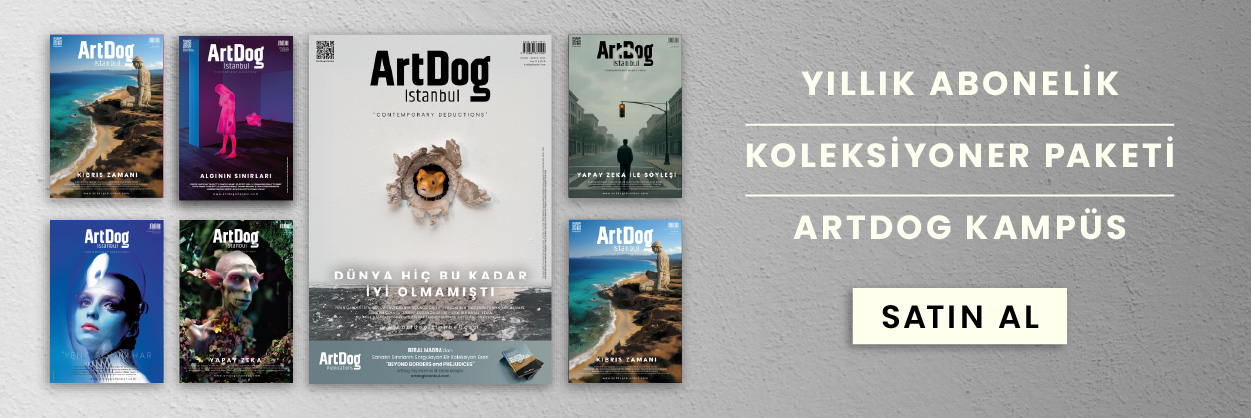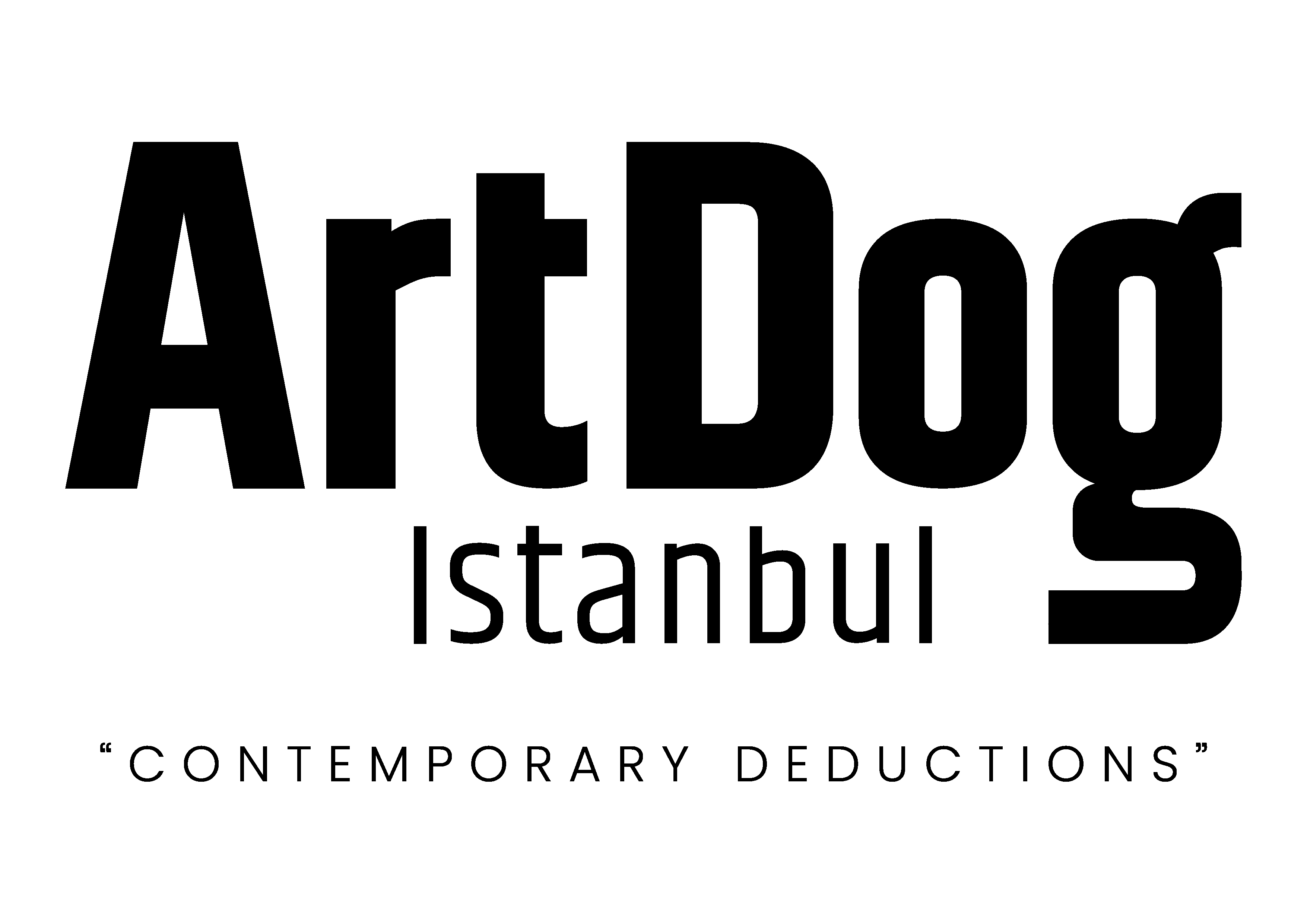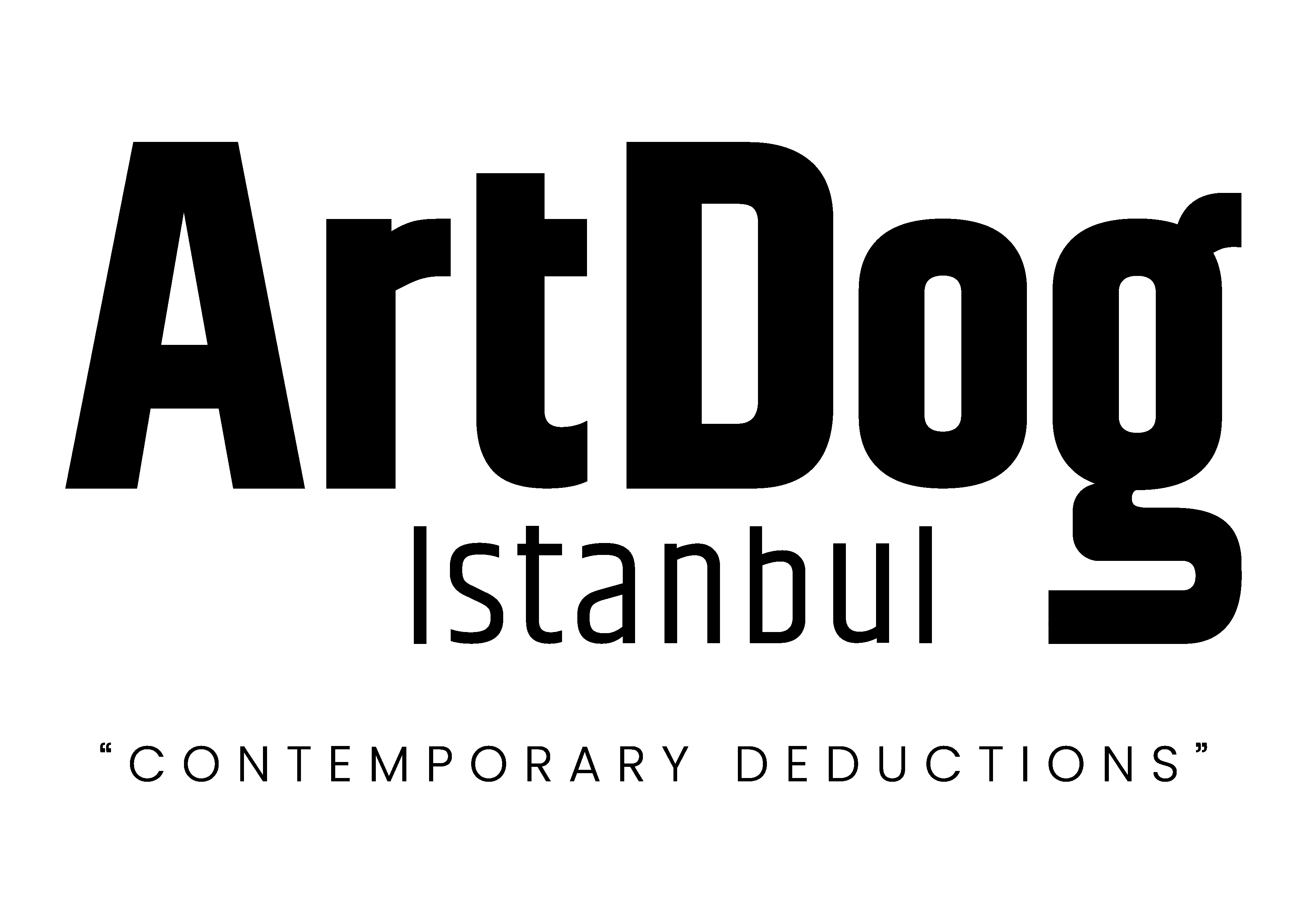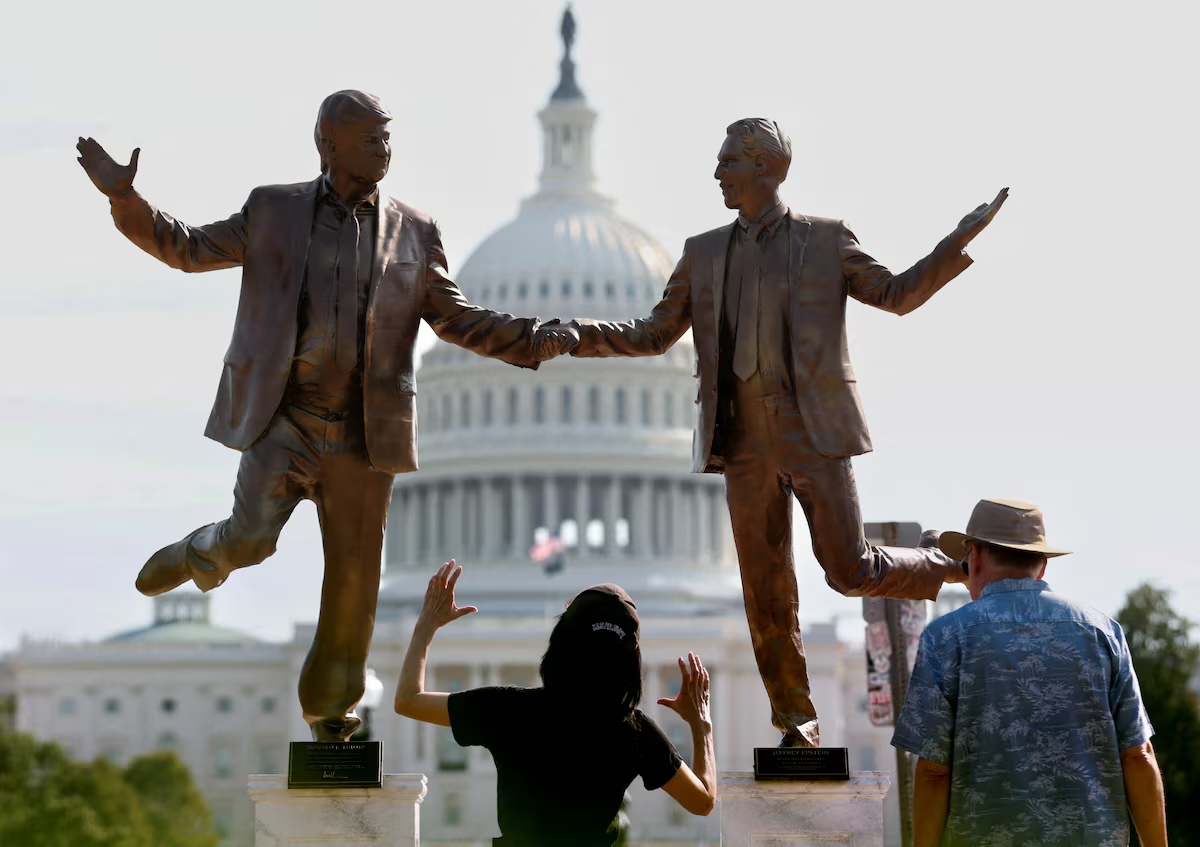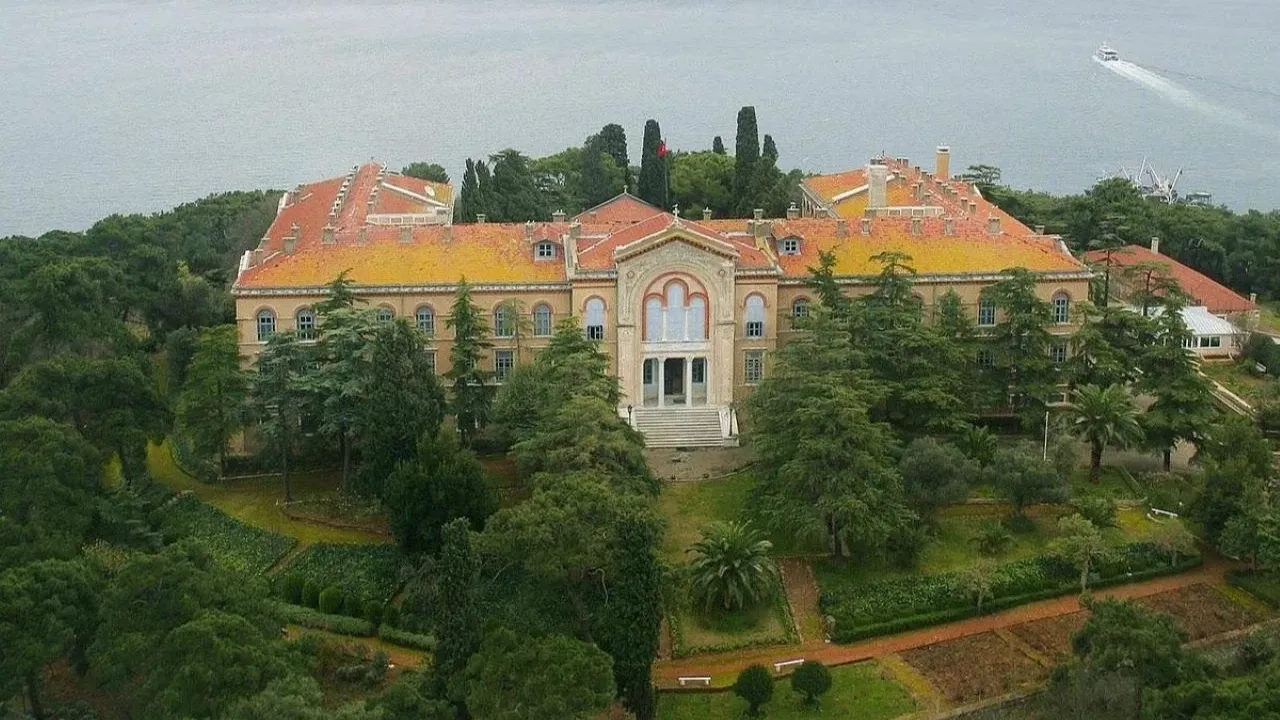The Trump–Epstein “Friendship Statue,” installed on Washington’s National Mall, was secretly removed overnight despite having official permission. The artist collective behind the work described the removal as an act of censorship against freedom of expression.
A 12-meter statue depicting Donald Trump and Jeffrey Epstein holding hands appeared on the National Mall in Washington, D.C., and was quietly taken down the same night it was erected. The piece, titled The Secret Handshake, was displayed for a single day across from the Capitol, sparking widespread public attention. The pedestal featured excerpts from a birthday note Trump wrote to Epstein, recently released by the House Oversight Committee.
Park police announced the statue’s removal at around 5:30 a.m. Yet the artists had a valid permit allowing the piece to remain through Sunday. The U.S. Department of the Interior cited “permit noncompliance” but shared no details. According to the artists, they were supposed to have 24 hours’ notice but the work was taken down without warning in the middle of the night.
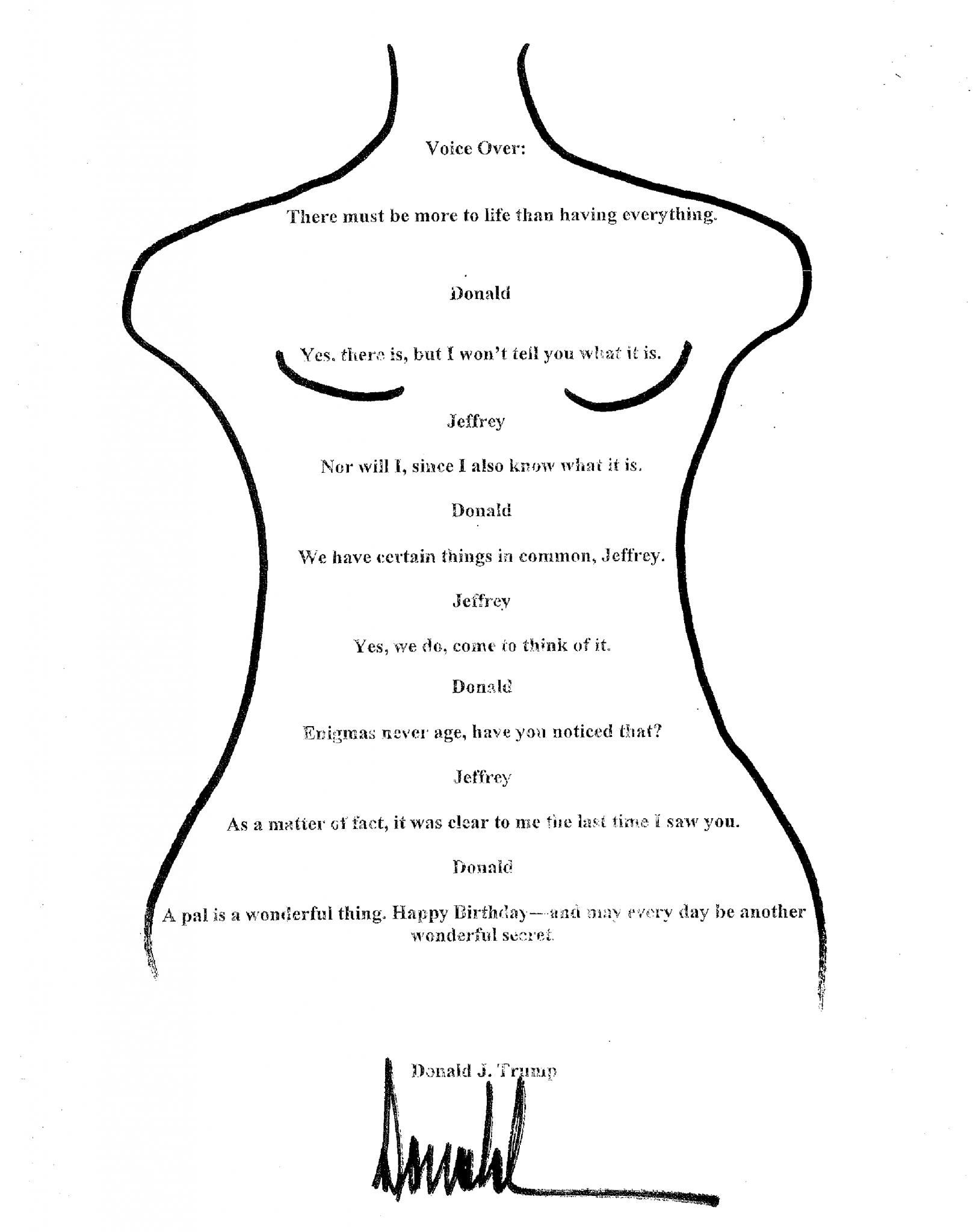
Photo: @OversightDems, X.
A Political Intervention Through Art
The anonymous artist collective Secret Handshake stated: “We use art, irony, and humor to generate social commentary and political debate. This statue criticized the efforts to downplay the closeness between Trump and Epstein.” Since June, the group has placed other satirical public sculptures in Washington: Dictator Approved featured a hand crushing the Statue of Liberty’s crown, while another piece showed Trump dancing with Epstein on a golden TV screen.
Trump and Epstein’s friendship was documented over many years through photos and videos, with both men repeatedly facing sexual abuse allegations. Epstein was convicted in 2008 for prostitution and solicitation of minors, and in 2019 he was found dead in jail after being charged with sex trafficking. Trump was found liable in 2023 for sexually assaulting E. Jean Carroll and ordered to pay damages, while continuing to deny numerous other assault claims.
The artists called the removal “a political attack on freedom of expression and the power of public art.” The controversy has reignited debate in the U.S. about the boundaries of political satire, the fragility of public art, and government interference in creative expression.

